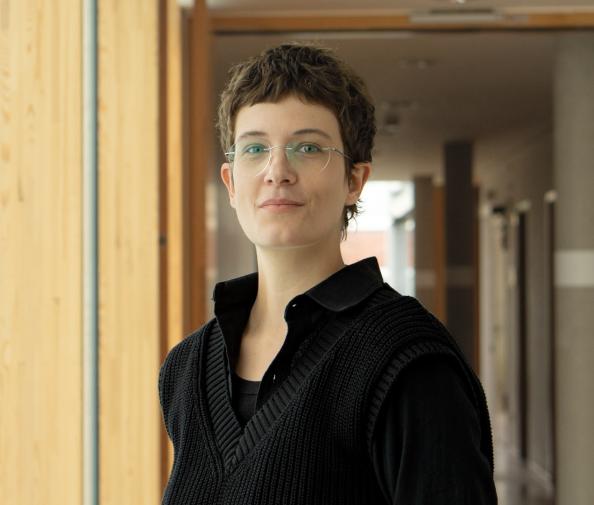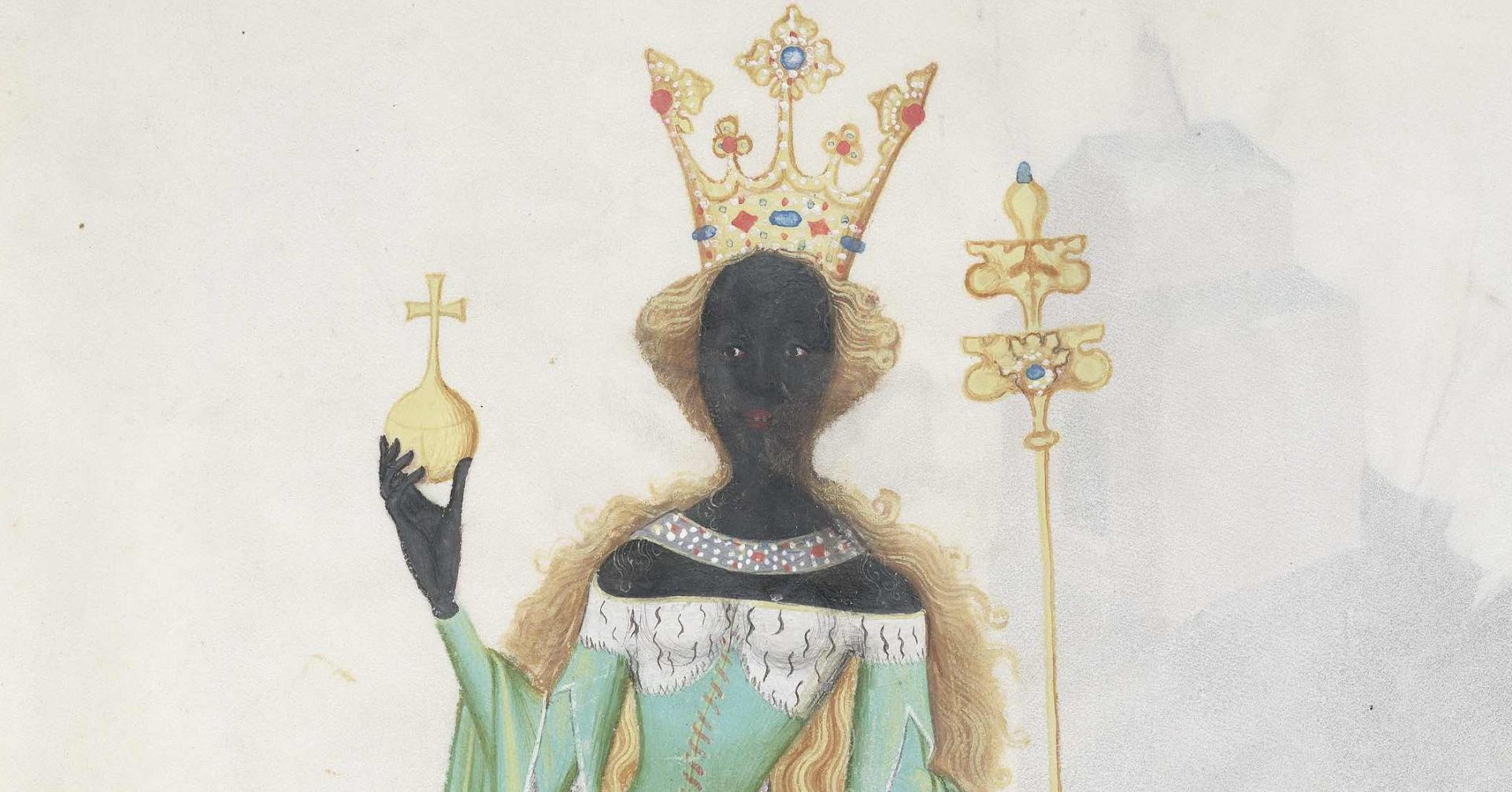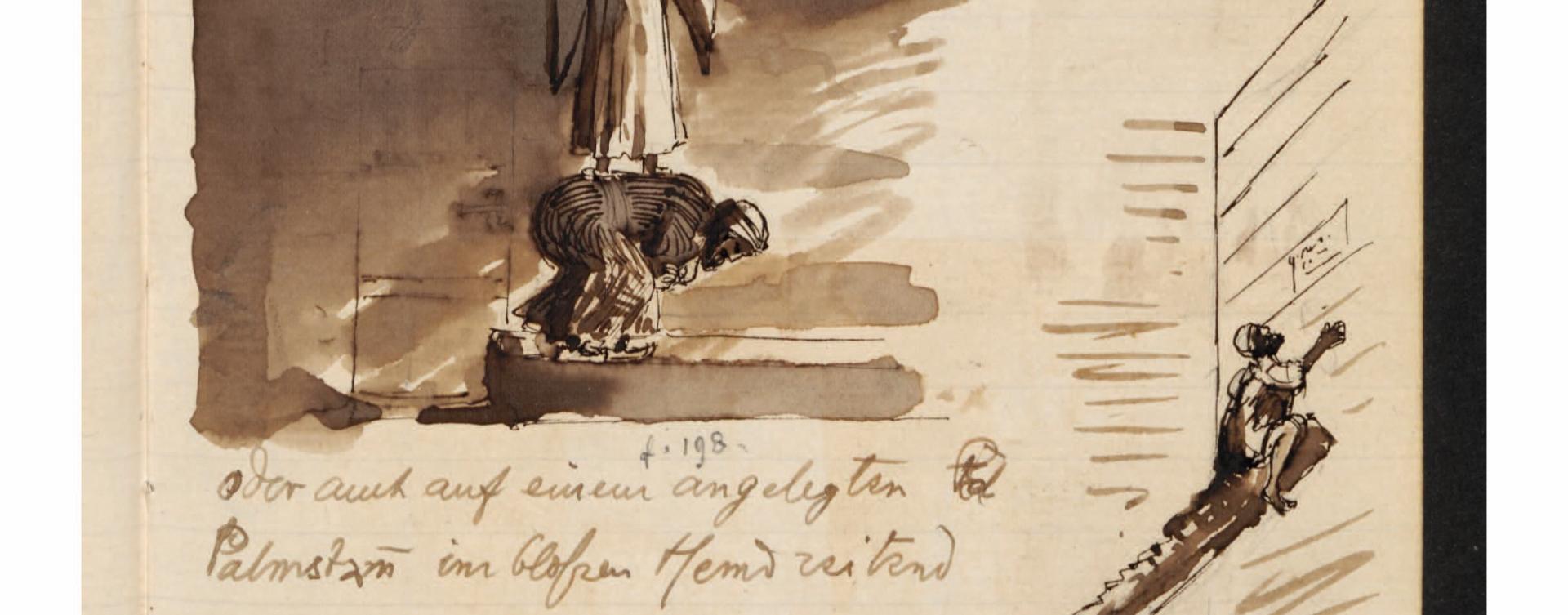
apielenhofer@mpiwg-berlin.mpg.de
Image 1: Squeeze made in 1888 of a Late Sabaean inscription from the ancient Maʾrib Dam (© Austrian Academy of Sciences, Collection Eduard Glaser, AT-OeAW-BA-3-27-P-0723).
Image 2: Fifteenth century illustration of the biblical Queen of Sheba from Conrad Kyeser’s Bellifortis (© Göttingen State and University Library, 2 Cod. Ms. Philos. 63, Cim., fol. 122r).
Image 3: Illustration of squeeze-making from Julius Euting’s travel diaries (1884) (© University Library of Tübingen, Md 676-22., fol. 51r).
Squeezing Knowledge out of Rocks: The Politics of Paper Squeezes in Nineteenth-Century Sabaean Studies
Annca Pielenhofer’s project follows squeezes—paper replicas of ancient stone inscriptions—from the Arabian Peninsula to European epigraphic collections, investigating how political claims arose through the establishment of this new area of philological knowledge-making.
Squeeze-making is an epigraphic technique for producing three-dimensional paper casts of stone inscriptions. To promote systematic study of the Sabaean script used in stone inscriptions from pre-Islamic kingdoms of South Arabia, European South Arabists of the late nineteenth century mobilized the high epistemic status of squeezes and organized expeditions to Arabia to produce them. Annca investigates instances where the production of these epistemic artifacts by European travelers and their South Arabian associates prompted political arguments and movements in both Europe and South Arabia.
To study European imaginaries of the Arabian Peninsula and the life of squeeze-making in South Arabian social movements, the project combines approaches from the history of humanities, object biography, and media studies. As well as analyzing humanistic and political discourse, it involves the experimental reconstruction of squeeze-making practices.
Annca studied history and Jewish studies in Munich, Tel Aviv, and Chicago and has an MA in Jewish studies from the University of Vienna. Before joining the IMPRS, she worked on her PhD project as a Junior Fellow at the International Research Center for Cultural Studies (ifk) in Vienna.


